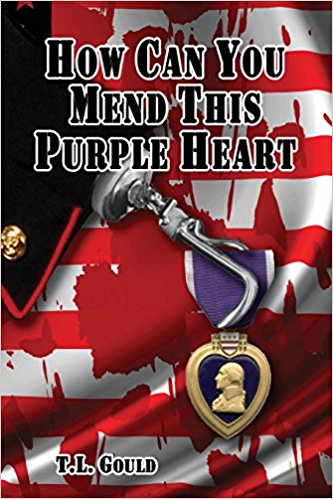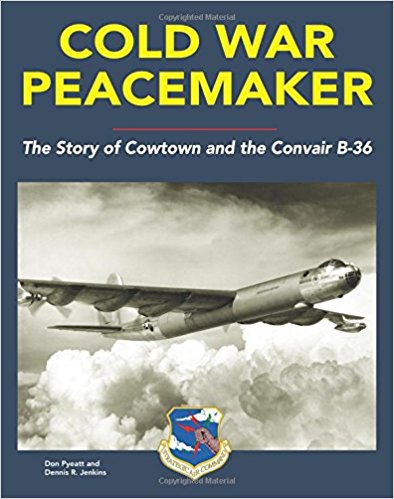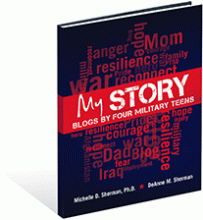MWSA Review
Immediate Response lays to rest the question that Afghanistan is just 'America's War.' The British Royal Marines are also there and taking the fight to the enemy. It reads like a thriller written in the first person which curdles your blood. However the action is riveting and real. Just when you think the boredom of the war zone will last forever, the terror of war rips through the story like shrapnel leaving the reader gasping and feeling eviscerated at having escaped certain death. These are not the Chinooks of my war. They are not just freight haulers or funny looking choppers with two blades. These machines have a whole new expanded mission, they are birds of war. If you want to know how today's Royal Marines go into battle, wake up and face the dangers of combat, you need to read aviator Major Mark Hammond's Immediate Response. It will take you to the battlefield and leave you thankful for the brave men and women that are taking your place.
Reviewed by: Dave Brown (2010)
Author's Synopsis
2006 in Helmand saw British forces engaged in the most ferocious fighting since the Korean War. For much of the time they were hanging on by their fingertips, holed up in remote platoon houses, outnumbered, facing relentless assault and nearly overwhelmed. Only the Chinooks kept them in the game. But that meant their crews putting down in hot LZs, exposing their aircraft to withering attack from an enemy for whom downing one of the big helos would be the ultimate prize. They had been lucky. So far. Then they launched their biggest operation yet: a complicated, high-risk airborne assault that launched a fleet of heavily armed helicopters into the Afghan Heart of Darkness. And then a report came over the net that one of the Chinooks was down...In "Immediate Response", Major Mark Hammond, a Royal Marine flying with the RAF, tells the gripping inside story of the Chinook squadrons' war for the first time. It's a visceral, unputdownable combination of hi-tech and old-fashioned grit; an action-packed story shot through with a mix of aviation fuel and cordite...




















